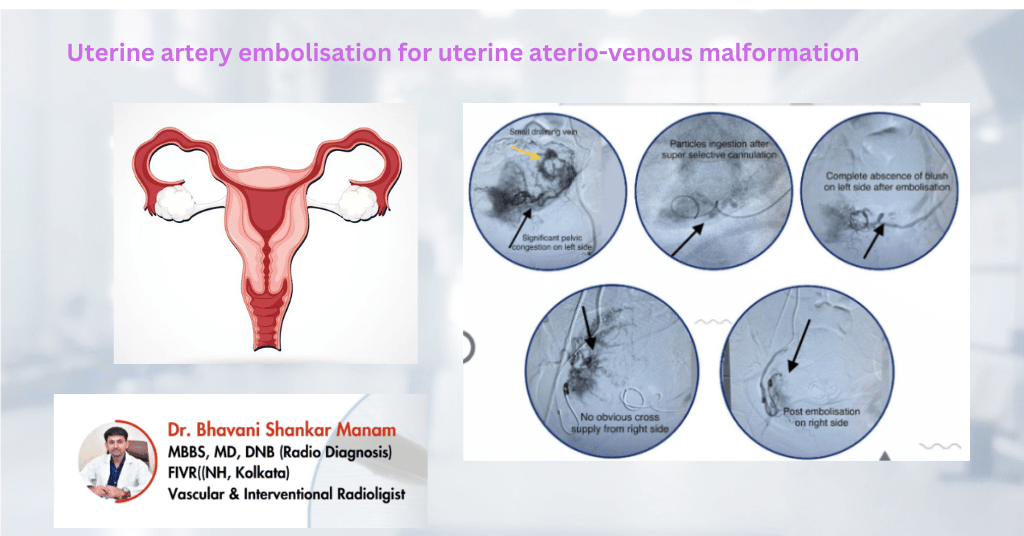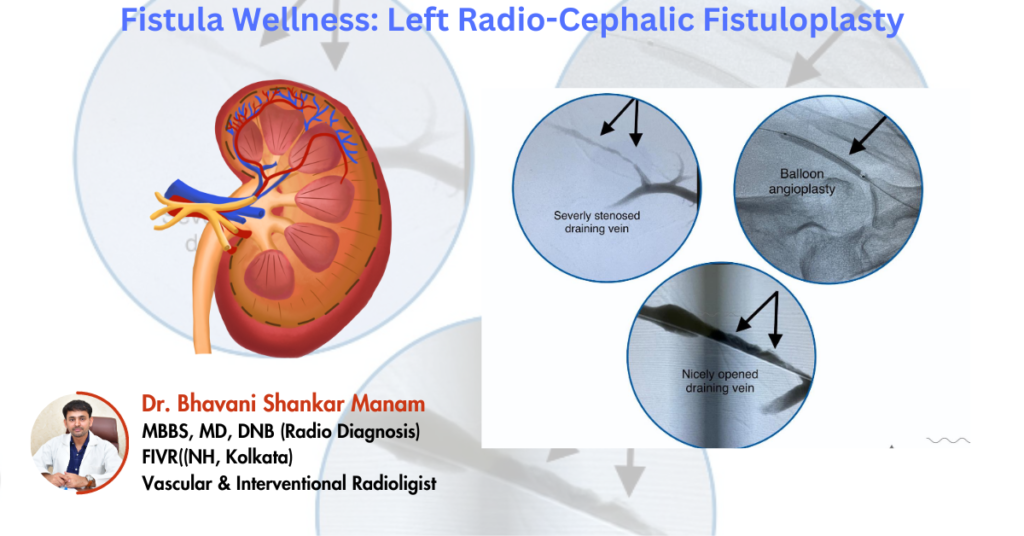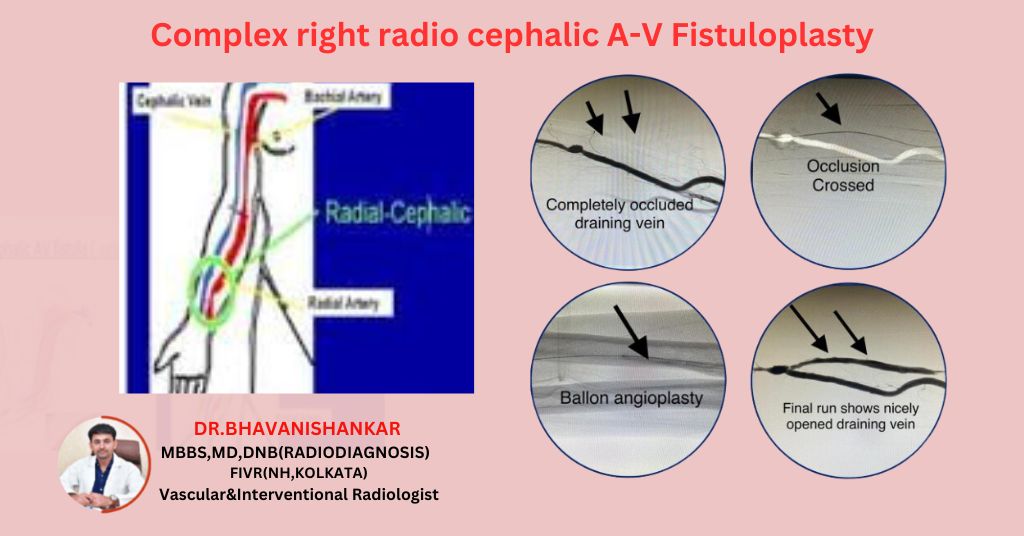Emergency Liver Artery Treatment: Addressing Hepatic Artery Pseudoaneurysms
In the realm of interventional radiology, swift and decisive action is crucial when managing emergencies like hepatic artery pseudoaneurysms. Effective liver artery treatment is essential, as these vascular complications can lead to severe bleeding and organ damage. In this article, we delve into the urgent steps taken during emergency embolization procedures for liver artery treatment to address this life-threatening condition.
Identifying the Culprit: The Small but Dangerous Pseudoaneurysm
A hepatic artery pseudoaneurysm, despite its small size, poses significant risks that necessitate immediate liver artery treatment. Prompt identification of this vascular anomaly is paramount. Liver Artery Treatment for Pseudoaneurysms Utilizing advanced imaging techniques, radiologists can accurately pinpoint the pseudoaneurysm’s location within the hepatic arterial system, setting the stage for timely intervention.
Confirmation Through Angiography: Visualizing the Threat
Conducting an angiography run from the hepatic artery provides essential visual confirmation of the pseudoaneurysm’s presence. This critical diagnostic step enables interventional radiologists to assess the pseudoaneurysm’s size, morphology, and proximity to surrounding structures, guiding subsequent treatment decisions with precision.
Precision in Action: Super Selective Cannulation for Liver Artery Treatment
Once the pseudoaneurysm is identified, the procedure advances to super selective cannulation. Through meticulous catheter navigation, interventional radiologists gain access to the hepatic arterial branches supplying blood to the pseudoaneurysm. This targeted approach ensures precise delivery of embolic agents to the source of the vascular abnormality, minimizing collateral damage during liver artery treatment.
Sealing the Threat: Post-Glue Injection Confirmation
After super selective cannulation, a specialized adhesive, such as glue or cyanoacrylate, is injected directly into the pseudoaneurysm. This crucial step effectively seals off the abnormal vessel, halting the risk of hemorrhage. Post-glue injection imaging confirms the absence of the pseudoaneurysm, providing reassurance of successful occlusion and mitigating the risk of recurrence.
Conclusion: Preserving Life Through Timely Liver Artery Treatment
Emergency hepatic artery pseudoaneurysm embolization exemplifies the critical role of interventional radiology in safeguarding patient health and well-being. By swiftly identifying and addressing vascular threats, radiologists play a pivotal role in averting potential catastrophes and restoring stability. With each successful liver artery treatment intervention, lives are preserved, underscoring the invaluable contribution of emergency embolization procedures in the realm of vascular medicine contact us.



